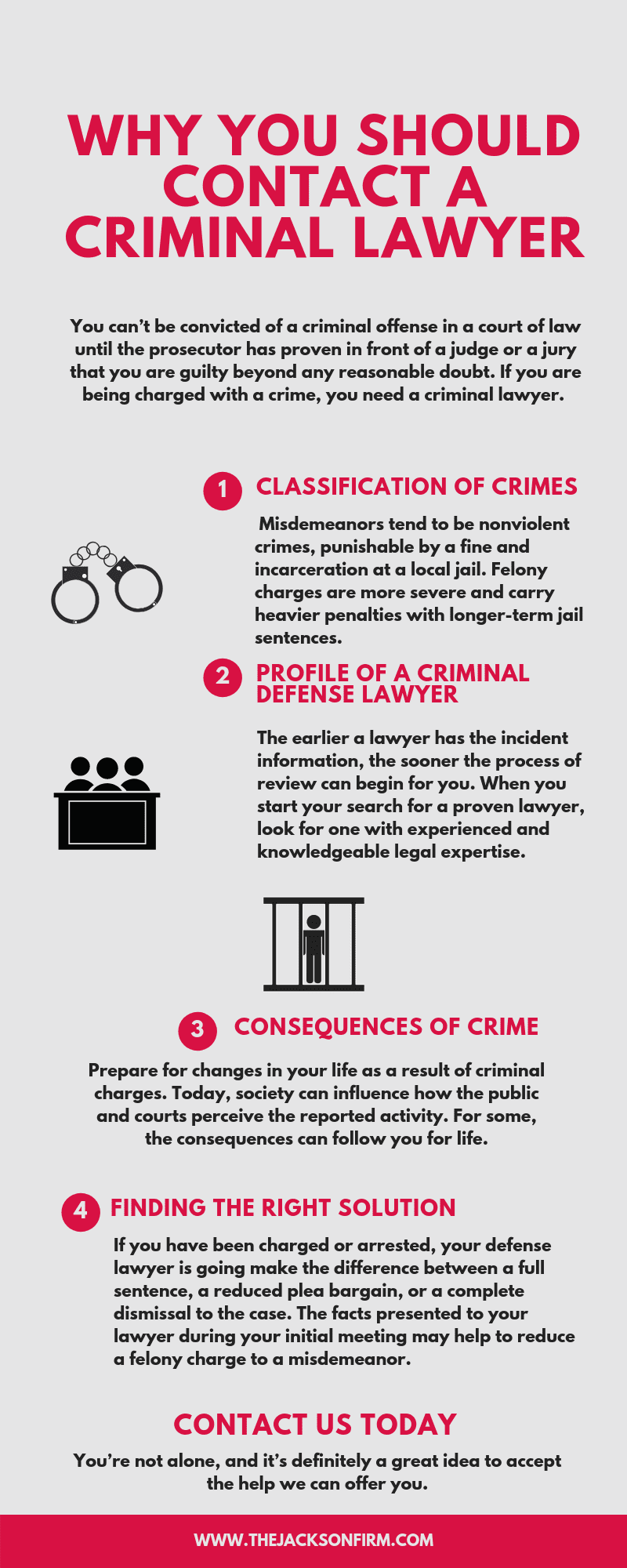What To Expect: The Timeline Of A Common Separation Instance
What To Expect: The Timeline Of A Common Separation Instance
Blog Article
Short Article Developed By-Huynh MacKinnon
As you embark on the journey of browsing a separation situation, you might find yourself questioning the timeline that exists ahead. From the initial phases of filing files to the complexities of settlement and the potential for a test, each action holds its own set of challenges and unpredictabilities. Understanding the sequence of occasions can help you plan for what's to find and anticipate the twists and turns that may develop along the way.
First Filing and Service of Documents
When beginning the separation process, the very first step is the first filing of the needed records with the court. This action officially starts the legal treatment and sets the divorce instance in motion. You have to submit types that lay out the grounds for divorce, assets, responsibilities, earnings, expenditures, and any other relevant information required by the court.
After submitting these documents, copies have to be offered to your partner, informing them of the separation process. This solution can be done with a process-server, constable's workplace, or certified mail, making sure that your partner is officially notified of the separation case against them.
As soon as the files are filed and served, the court will offer a situation number and appoint a judge to oversee the instance. It's critical to accurately complete and submit these files, as any type of mistakes or noninclusions could postpone the divorce procedure.
This preliminary action lays the structure for the legal dissolution of your marital relationship, marking the start of a possibly difficult but needed procedure.
Exploration and Negotiation Phase
During the Exploration and Negotiation Phase of a divorce case, both events take part in collecting details and exchanging pertinent papers to much better understand each other's monetary conditions and various other important information. This phase is crucial as it sets the foundation for negotiations and potential negotiation contracts. Via approaches such as interrogatories, ask for production of documents, and depositions, each party aims to discover truths, properties, financial obligations, and various other important info that might influence the instance's result.
Negotiations during this stage commonly entail conversations on numerous problems like home division, youngster safekeeping, visitation timetables, and financial support. https://postheaven.net/reikodakota/what-to-anticipate-the-timeline-of-a-regular-separation-instance might deal with their lawyers to explore negotiation options, possibly preventing the requirement for a trial.
Arbitration or collaborative legislation procedures may also be utilized to assist in productive discussions and get to mutually acceptable contracts. It's vital to approach this stage with transparency, sincerity, and a desire to compromise to accomplish a smoother resolution and reduce the emotional and monetary toll of a lengthy court fight.
Test and Final Resolution
Moving forward from the Exploration and Arrangement Stage, the Test and Last Resolution stage marks the conclusion of your separation instance. This stage is where unsettled concerns are brought prior to a judge to make decisions on matters like property department, kid safekeeping, and support. The test normally entails offering proof, witness testimonies, and lawful disagreements to sustain your case.
During the trial, both parties will have the possibility to provide their placements and counterarguments. It's essential to be prepared, as the court's decision will substantially impact the final outcome of your divorce.
Complying with the test, the court will release a last judgment that details the regards to the separation, consisting of any type of monetary settlements and safekeeping arrangements.
As soon as the judgment is issued, the divorce is settled, and both parties are legitimately bound by its terms. While the test phase can be demanding and psychological, it's a required action in the direction of getting to a final resolution and progressing with your life post-divorce.
Conclusion
To conclude, navigating a divorce situation entails a collection of actions from submitting initial papers to reaching a last resolution. Understanding the timeline of events can assist you plan for what to expect throughout the procedure. By being positive, seeking lawful guidance, and remaining notified, you can navigate the intricacies of divorce proceedings with self-confidence and quality.
